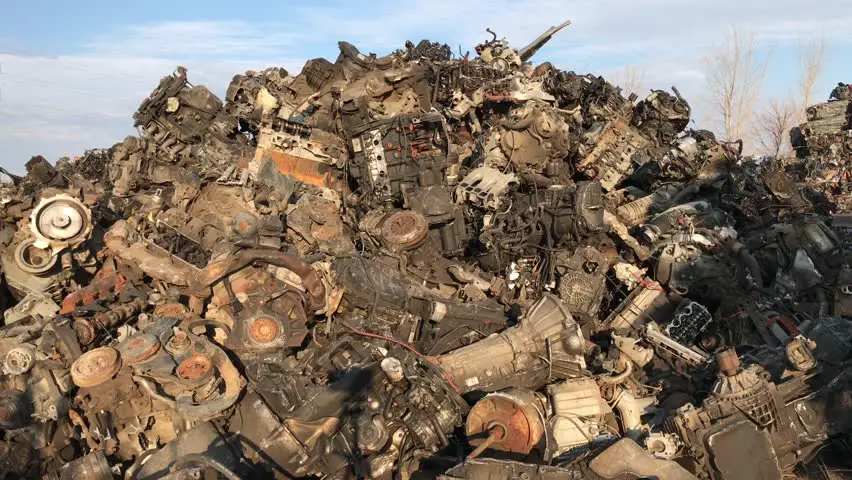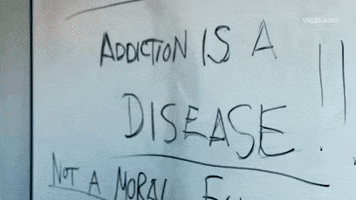As I promised, just a few shots of the custom two-wheeler that I am building to move gas tanks for my Mig welder. Yes it does seem and is taller than normal. The tallest tanks in the system are 51 inches or a hair or two over 4 feet. At the bends for the handle, this stands 44" The shoe or sole plate or foot or watcha-ma-callit is 12" across which should be enough to move a large body acetylene tank. I t is also able to move a G-Body door stood on end a lot easier than a standard height dolly can. I know, I have just such a door ratchet strapped to just suck a wheeler (and still no sign of the replacement skin!!!)

This is the trunnion assembly for the wheels and axle. At this point the axle was still removable so it got siid out to make working on this portion of the whole item easier to work with. The eagle eyed will notice that the corners have circular reliefs cut into them. These serve two purposes, they compensate for the shoe sleeves which make the diameter of the tubes at the shoe greater, and they allow the base plate of the trunnion assembly to sit tight against the tube to get the greatest amount of surface area for welding.

And this is the complete assembly. The axle has been re-inserted back into its pedestals and the wheels remounted. These wheels are a two part rim design that uses bolts to put them together. You are not seeing things, those bolts are now grade 8 capscrews and the holes for them have been carefully redrilled for next to nothing by way of insertion slack. There are also two holes that are there to align the halves and they got a little bigger as well. From the factory the alignment of the rim halves is lousy and half the reason why these wheels tend to wobble when they roll along on something like a garden cart. If you look past the trunnion assembly you can see the sleeve on the one main tube. Although not clearly visible, that sleeve is plug welded to the inner tube in multiple locations all around its circumference. Where the it was split to expand it to get it to slide on, the edges of the split where they meet the inner tube received full length passes as well. The bottom is basically a butt weld so it got a heavy pass to create as strong a joint as possible.

The trunnion/axle assembly, about to meet its fate. At this point it has been set into position and shimmed ever so slightly for side to side equality. The base plate is secured to the outer tubes using a small pair of vice grips. They may look cute and more like a child's toy but they can get in where the larger ones cannot and do the same amount of work in holding things together. In this picture you can also see the heavy construction grade washers that i gun drilled in a lathe to get the correct diameter. They sandwich the 1-1/4 inch heavy wall square tube to give additional support to the axle because it will take a beating from my foot every time I rotate the wheeler to move it. They also serve as a welding surface for final assembly when the axle gets permanently attached to the pedestals.

With the tack welds set in place, the clamps come off and there it sits. The gizmo that the tools are sitting on is actually a cradle that I built for the press in order to bend flat plate and strap and get a clean angle. It also makes a good base or pedestal for welding if you turn it upside down like i did here and offers a parking spot for my tools, ball pein hammer, my micro vise-grips, and the special pair of pliers that my Miller Multi-matic gun needs to keep it happy.

Just a parting shot of the wheeler in its entirety, sitting on the welder table, which in reality is actually my drill press with a large panel of 1/4 inch flat plate attached to the drill deck with, you got it, vice grips. Makes it easier if i ever want to strip the plate off the deck; no permanent fasteners or welding to have to deal with. Tomorrow will be finish welding for what is there. The axle pedestals are going to get a brace apiece that will drop down from the lowest cross rib and land on the pedestals as close to the axle as possible. That gives me a triangle which should be strong and durable. After that, then it's an introduction to the files and grinders. At this point it is still clamped to the welding deck as a precaution. The trunnion assembly extends back and away from the main chassis enough that it should be balanced.
















